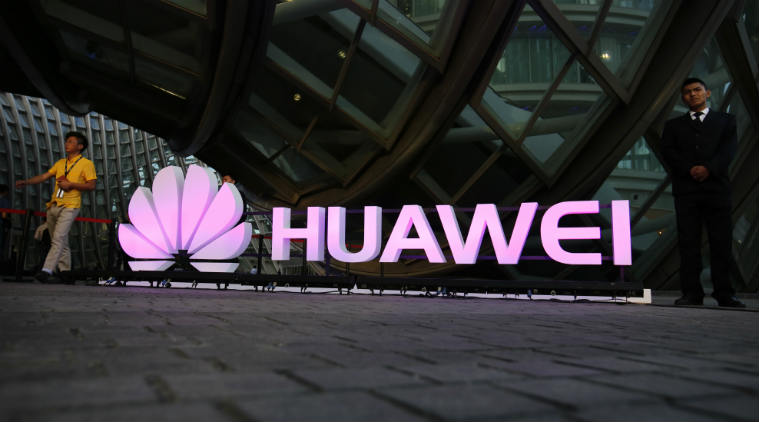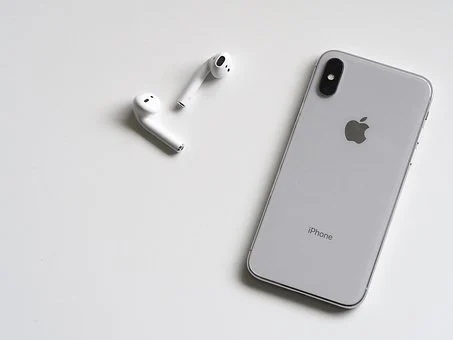When everyone is waiting for Samsung’s much anticipated first ever foldable smartphone, China-based Huawei Technologies has expressed its interest in rolling out the first foldable smartphone in order to compete with its rival Samsung. According to the report published by Nikkei, Huawei will use flexible organic lighting-emitting diode (OLED) display manufactured by China-based panel supplier BOE Technology Group. According to a spokesperson, Huawei is estimated to set a small volume of foldable smartphones limited to 20,000 to 30,000units as soon as early 2019.
Analyst Jeff Pu from Yuanta Investment Consulting stated that Huawei might unveil its foldable smartphone after acquiring the foldable OLED panels from BOE even if the panels are ready compared to Samsung’s upcoming foldable smartphone which recently survived several falls in the scrutiny test. Both Huawei and BOE are attempting to make a big splash in the slowing smartphone market with the new tech.
BOE is a China-based subsidized panel maker which has been developing a number of display technologies over the screens. It has aggressively ventured into creating the best-in-class OLED displays which are a market dominated by Samsung Displays. As per an analyst Eric Chiou at WitsView research company, BOE is currently seeking recognition from brands like Apple where BOE could help create advanced displays with a huge incentive as compared to Samsung Display which is the sole panel supplier for Apple as of now.
Samsung unveiled its vision to introduce and dominate over foldable smartphones and has stated it will launch a 7.3” foldable OLED display smartphone in early 2019 when it will celebrate a decade of Samsung Galaxy smartphones. It was recently tested for its durability where it withstood more than 20,000 folds. Although it is unveiled whether in which market Samsung will release the foldable Galaxy smartphone, however, it is estimated to cost between $1,500 to $2,000.
Although the concept for foldable OLED display looks mesmerizing, it has its own setbacks and problems that manufacturers will have to overcome. It is highly susceptible that a first generation foldable smartphone can match with the virtue of a conventional hard OLED display flagship smartphone. Also, with a flexible screen, it could lead to thicker smartphones and higher power consumption than a battery cased in less space will have to provide.
On the contrary, the second largest brand Apple will launch three new smartphones this year, however, it doesn’t have any plans to roll out foldable phones as of now. Samsung Display has dominated the OLED display industry after rolling out 200 million flexible OLED displays this year while LG Display and BOE will roll out five million units. Last year, BOE was roped in by Apple for its MacBook and iPads, however, it hasn’t provided displays for iPhones as of now.
Huawei has followed a hyper-accelerated development cycle to include the latest headline-grabbing innovations in its smartphone for years now. In 2014, Apple decided to opt for a sapphire crystal display, however, Huawei – the third largest smartphone manufacturer with a market share of 10.4%, rolled out a limited edition Huawei Ascend P7 Sapphire after which, Apple dropped the idea. Later in 2015, Apple was trying to roll out Force Touch, however, Huawei took the opportunity to roll out Huawei Mate S with Force Touch.
Huawei is currently a highly successful smartphone manufacturer that spends a generous amount of money on research and development which allowed it to roll out new technologies ahead of its competitors. It also has its own in-house Hisilicon Kirin processor developed by Hisilicon technologies which supply all the processors in all its smartphones. It is the first manufacturer to unveil Kirin 970 core processor with first-of-its-kind artificial intelligence ahead of Apple’s A11 bionic processor that was rolled out with iPhone X and iPhone 8. This year, Huawei launched the first-ever triple-lens camera with Huawei P20 Pro.


